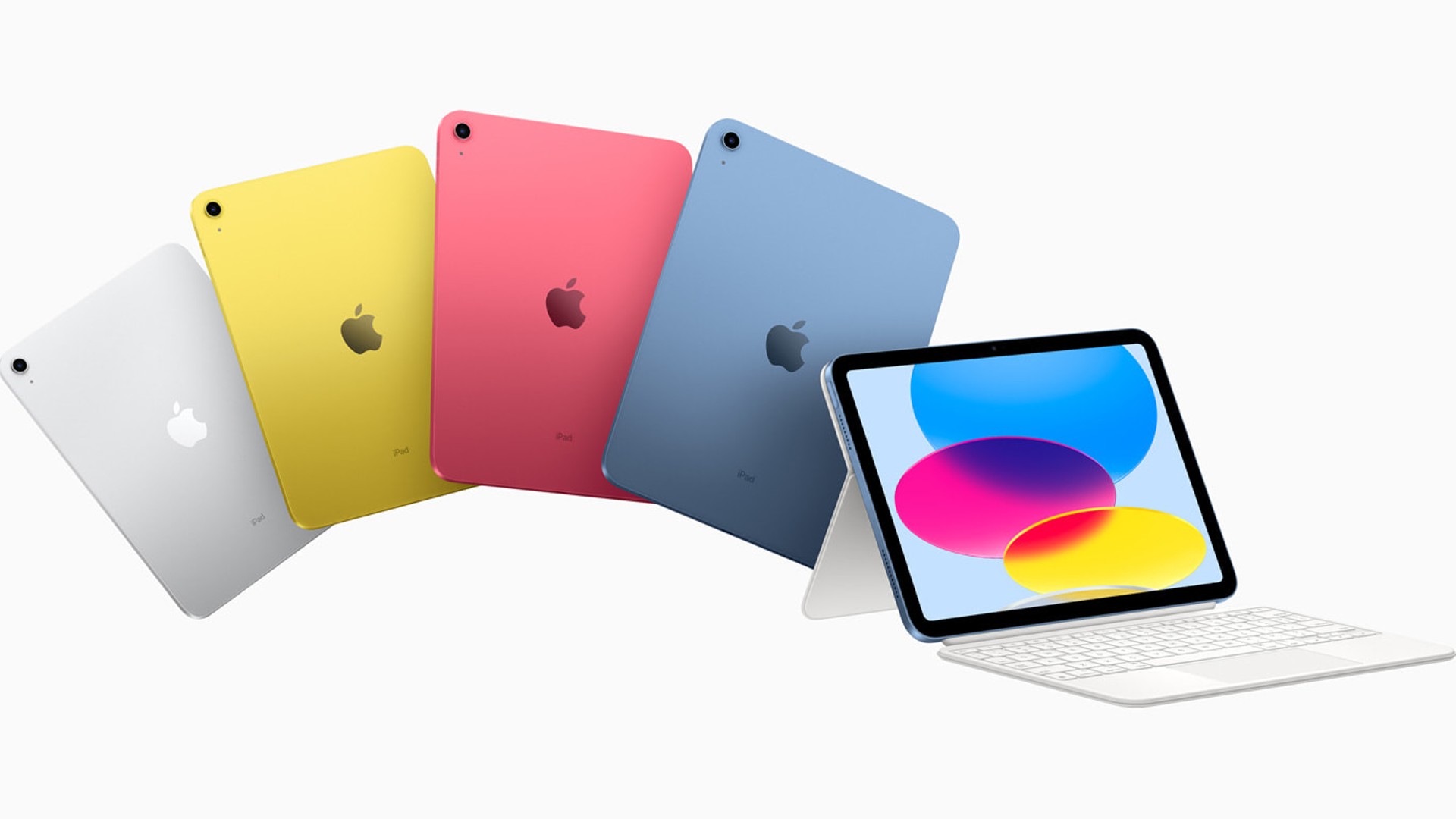
Apple’s 16-inch iPad has been making waves in the tech world, but not necessarily for the right reasons. While the idea of a larger iPad may sound appealing to some, many experts and consumers alike are skeptical about its practicality and functionality. The introduction of such a massive device raises questions about portability, ease of use, and overall user experience. With a screen size that surpasses the average laptop, it’s hard to imagine this device being convenient for everyday tasks like checking emails or browsing the web. In this article, we will delve into the reasons why the 16-inch iPad may be considered an oversized mistake and explore the concerns surrounding this latest release from Apple.
Inside This Article
Title: Apple’s 16-inch iPad sounds like an oversized mistake
In an era where smartphones and tablets are becoming increasingly compact and portable, Apple’s decision to release a 16-inch iPad seems counterintuitive. With the rise of on-the-go productivity and the need for devices that seamlessly fit into our lives, one might question the practicality of a larger iPad.
While there may be some advantages to having a larger display, such as enhanced visual experience for media consumption and multitasking capabilities, the downsides cannot be ignored. The first concern that comes to mind is the device’s portability. A 16-inch iPad would undoubtedly be bulkier and heavier than its smaller counterparts, making it more cumbersome to carry around.
Not only would a larger iPad be more challenging to fit into a bag or carry in one hand, but it may also be less comfortable to use for extended periods. The purpose of a tablet is to provide a lightweight and ergonomic device for on-the-go computing, and a 16-inch iPad seems to miss the mark in this regard.
Moreover, a larger iPad could lead to usability issues. Touch interactions, which are integral to the iPad experience, might become less accurate and intuitive on a larger display. Navigating menus and buttons could become more cumbersome, and the overall user experience might suffer as a result.
Another consideration is the impact on productivity. While a larger display might seem beneficial for multitasking and content creation, it could actually hinder productivity in certain scenarios. With a larger screen, users may feel less inclined to switch between apps and could be more prone to distraction, resulting in decreased efficiency.
Additionally, developers would need to adapt their apps to take full advantage of the larger screen real estate. This could lead to a fragmented app ecosystem where some apps are optimized for the 16-inch iPad while others are not, limiting the overall functionality of the device.
Conclusion
In conclusion, while the idea of a 16-inch iPad may initially sound appealing, it ultimately seems like an oversized mistake. Apple’s decision to deviate from their successful tablet formula raises questions about the practicality and usability of such a large device. From the added weight and bulkiness to the potential strain on the user’s wrists, the downsides outweigh the advantages. Additionally, the lack of necessary software optimization for larger screens further diminishes its appeal. For those seeking a portable and versatile tablet experience, Apple’s existing lineup provides plenty of options without the need for an excessively large device. Until Apple can address these concerns and demonstrate the value of a 16-inch iPad, it may be best to stick with their current offerings.
FAQs
1. Can an oversized iPad be a good choice?
While the idea of an oversized iPad may sound appealing at first, it is important to consider your personal preferences and use case. An oversized iPad may offer a larger display, which can be great for multi-tasking, watching movies, or working on graphics-intensive tasks. However, it may also make the device less portable and less convenient for everyday use. Ultimately, the decision depends on your specific needs and preferences.
2. Will the oversized iPad have better performance?
The size of a device does not necessarily determine its performance. While a larger iPad may accommodate more powerful hardware components, such as a faster processor or more RAM, performance is influenced by various factors including software optimization, operating system efficiency, and the specific tasks being performed. It’s best to consider the overall specifications of the device and read reviews from trusted sources before making a judgment on performance.
3. Will the oversized iPad be compatible with existing iPad accessories?
Apple typically ensures compatibility between different versions of their devices, including accessories. However, with an oversized iPad, it’s possible that some accessories designed for smaller iPads may not fit properly or offer the same level of functionality. It’s recommended to confirm compatibility with Apple or consult user forums and reviews before purchasing or using accessories with an oversized iPad.
4. Can I comfortably hold and carry an oversized iPad?
The size and weight of an oversized iPad can impact how comfortable it is to hold and carry. While it may offer a larger screen, it can also make the device heavier and less portable. It’s important to consider your hand size and mobility when determining if an oversized iPad will be comfortable for you. Additionally, investing in a suitable case or stand can enhance ergonomics and make it easier to use the device in different scenarios.
5. How will the oversized iPad affect battery life?
A larger display typically requires more power to drive. This means that an oversized iPad may consume more battery compared to its smaller counterparts. However, Apple is known for its innovative battery optimization techniques, so it’s possible that the company has found ways to mitigate the impact on battery life. It’s advisable to check the product specifications and reviews for any information regarding battery life for an oversized iPad before making a purchase decision.
